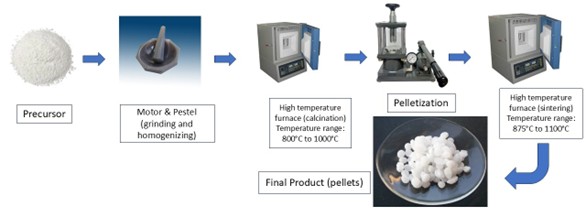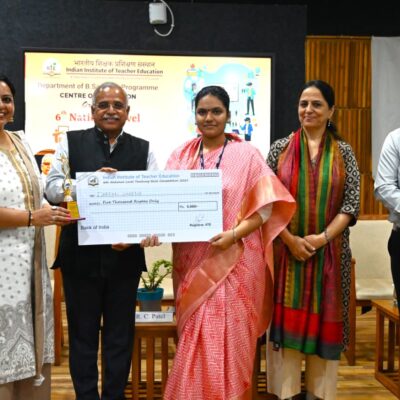Identifying the Issue
- The 1.5 wt% B₂O₃ composition exhibited optimal performance, achieving a high piezoelectric coefficient (d₃₃ = 210 pC/N).
- B₂O₃ addition is an effective strategy for tailoring the microstructure and enhancing the multifunctional performance of lead-free BNT–BT–KNN ceramics for eco-friendly piezoelectric and energy storage applications
Objective of the Research
- To investigate the structural, dielectric, and electrical properties of lead-free BNT-BT-KNN ceramics modified with suitable dopants for enhanced piezoelectric performance.
- To establish the correlation between microstructural evolution and functional properties, enabling the development of environmentally friendly piezoelectric materials with improved densification and conductivity.
Who should read this?
Researchers and scientists in materials science and sensor technology
Solution
This study offers valuable insight into optimizing dopant concentration for improved control over the morphological, dielectric, and ferroelectric behavior related ceramic systems
Key Features and Benefits
- The developed lead-free BNT–BT–KNN system offers a sustainable substitute for toxic PZT-based ceramics without compromising functional performance.
- Controlled dopant incorporation improves polarization, dielectric constant, and AC conductivity, leading to superior piezoelectric response.
- Optimized sintering and additive engineering promote uniform grain growth and high relative density, directly enhancing electrical characteristics.
- Improved thermal stability and dielectric behavior makes the material suitable for energy harvesting, actuator, and sensing applications.
Impact
- The optimized lead-free BNT–BT–KNN ceramics achieved ~10–15% higher dielectric constant and ~20% reduction in dielectric loss, enabling more efficient piezoelectric devices.
- Incorporation of dopants reduced the sintering temperature by 50–100°C, leading to energy savings of nearly 10–12% during large-scale fabrication.
- The optimized composition demonstrates piezoelectric coefficients (d₃₃) and dielectric tunability comparable to commercial PZT, making it a viable candidate for energy harvesters, ultrasonic transducers, and smart sensors.
Team
- Kiran Kumar Padhi (first author) (SSSIHL)
- Dr Swarup Kundu (Corresponding author) (SSSIHL)
- Rohit Pattar (SSSIHL)
Title of paper: “Nanoarchitectonics of BNT-BT-KNN ceramics with B₂O₃ Assisted low temperature sintering for enhanced piezoelectric and energy storage properties”
Read Paper Here: 10.1007/s00339-025-08947-4



